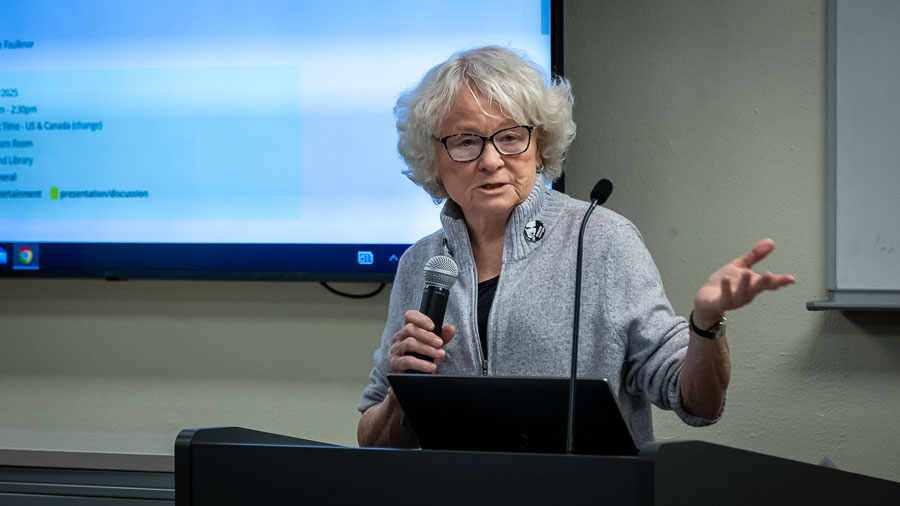OTHER VIEWS: State primaries fence off too many voters
Published 6:00 am Thursday, August 10, 2023

- other views logo
Oregonians have long believed in putting political power in the hands of citizens. More than century ago, we allowed voters to put their own proposed laws on the ballot — or reject ones passed by the Legislature.
More recently, we were the first state to send ballots in the mail to every voter. At our best, Oregonians put their faith in the wisdom of the many — and in sweeping away the bureaucratic barriers that keep average folks from exercising their right to vote.
That’s why I’ve joined other supporters circulating a proposed ballot measure to once again ensure that we give Oregonians a fuller voice in choosing their elected officials. Our proposal, “All Oregon Votes,” is simple in concept.
It would amend the state Constitution to require that each voter and candidate is treated equally in all taxpayer-funded elections.
The All Oregon Votes (alloregonvotes.org) measure is necessary because our primary system has become dangerously unbalanced.
Our current primaries were designed for an era when more than 90% of voters registered either as a Democrat or a Republican. It truly was a two-party system.
Those days are long gone. Democrats and Republicans still win almost every partisan office in Oregon. But those candidates are chosen by a shrinking share of the electorate. Now more than four in 10 voters are registered either as non-affiliated or with one of the minor parties. They have no say in the often crucial decisions made in taxpayer-funded primaries where only party registrants can vote.
This isn’t healthy. Increasingly, Republican and Democratic primary candidates must tailor their arguments to only the most committed partisans. And the powerful lobby groups you can find in each party have an easier time shooting down candidates who cross them.
Consider the party nominees in the last race for governor. In the Republican primary, Christine Drazan won the votes of just 2.9% of the state’s registered voters. In her primary race, Democrat Tina Kotek won the support of less than one-tenth of the electorate.
This is not the way to inspire voter confidence or for our political leaders to build a mandate for action.
According to surveys, self-described independents are now a larger share of the population than either Democrats or Republicans. Many states revamped their primaries to reflect this new reality. Not Oregon, which is now one of only nine states with closed partisan primaries.
Oregonians voted down initiatives in 2008 and 2014 to adopt a “Top Two” primary like those held by Washington and California. Their non-partisan primaries require all candidates to be listed on the same ballot. The top two finishers — regardless of party — then advance to the November general election.
That doesn’t mean we should abandon the idea of primary reform. Especially since we’ve tweaked our voter registration process so it actually supercharges the rise of Oregon voters who don’t belong to any party.
That’s because the Legislature passed a law in 2015 that automatically registers voters through the DMV. I appreciate the law. It has led to a big increase in the percentage of Oregonians registered to vote — and to big increases in voter turnout.
However, most people automatically registered to vote don’t take the additional steps to join a political party. Now, non-affiliated voters are the fastest-growing voter group in the state, and many don’t realize they can’t vote until it’s too late.
So, what do we do?
All Oregon Votes is not trying to impose a solution like Top Two initiatives defeated in 2008 and 2014. Instead, our measure would require the Legislature to fill in the details of how to run a primary election open to all.
What we need to do is begin the debate by calling for an end to an increasingly problematic primary fenced off from all too many Oregonians.










